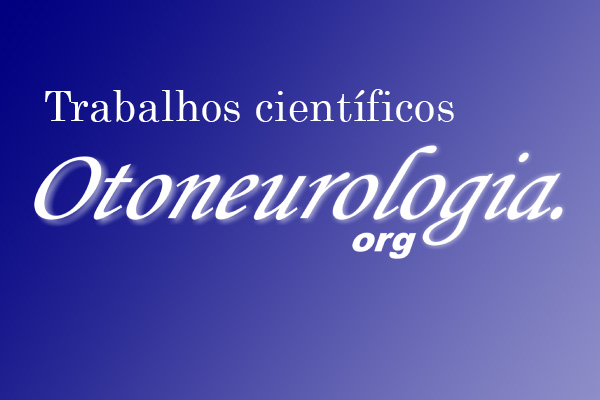Abstract
An 88-year-old woman presented with a longstanding history of dizziness, tremors, and progressive mental and physical decline, significantly impairing her mobility and autonomy. Recently discharged from an ICU, the patient required extensive support for daily activities. Diagnostic evaluations, including EEG and analysis, revealed irregular frequency peaks and altered cortical activity, particularly in the frontal and prefrontal regions. The patient underwent a cycle of 18 sessions of Radio Electric Asymmetric Conveyer (REAC)Neuro Psycho Physical Optimization (NPPO) Gamma Brain Wave Optimization (BWO-G), a neuromodulatory treatment aimed at restoring neurophysiological balance. Post-treatment, the patient demonstrated marked clinical improvements, including enhanced gait stability, reduced tremors, and improved cognitive function. Electroencephalography (EEG) and standardized low-resolution brain electromagnetic tomography (sLORETA) analysis confirmed these clinical improvements, showing normalized frequency peaks and improved cortical activity patterns in Brodmann areas 6, 24, 31, 4, and 32. This case highlights the potential of REAC NPPO BWO-G in addressing chronic neurological dysfunction and improving quality of life in elderly patients. Furthermore, the broader applicability of this treatment suggests potential benefits for managing similar conditions in aging populations, such as Parkinson’s disease, age-related cognitive decline, and post-stroke rehabilitation, where bioelectrical dysregulation plays a central role.
Saiba mais aqui




